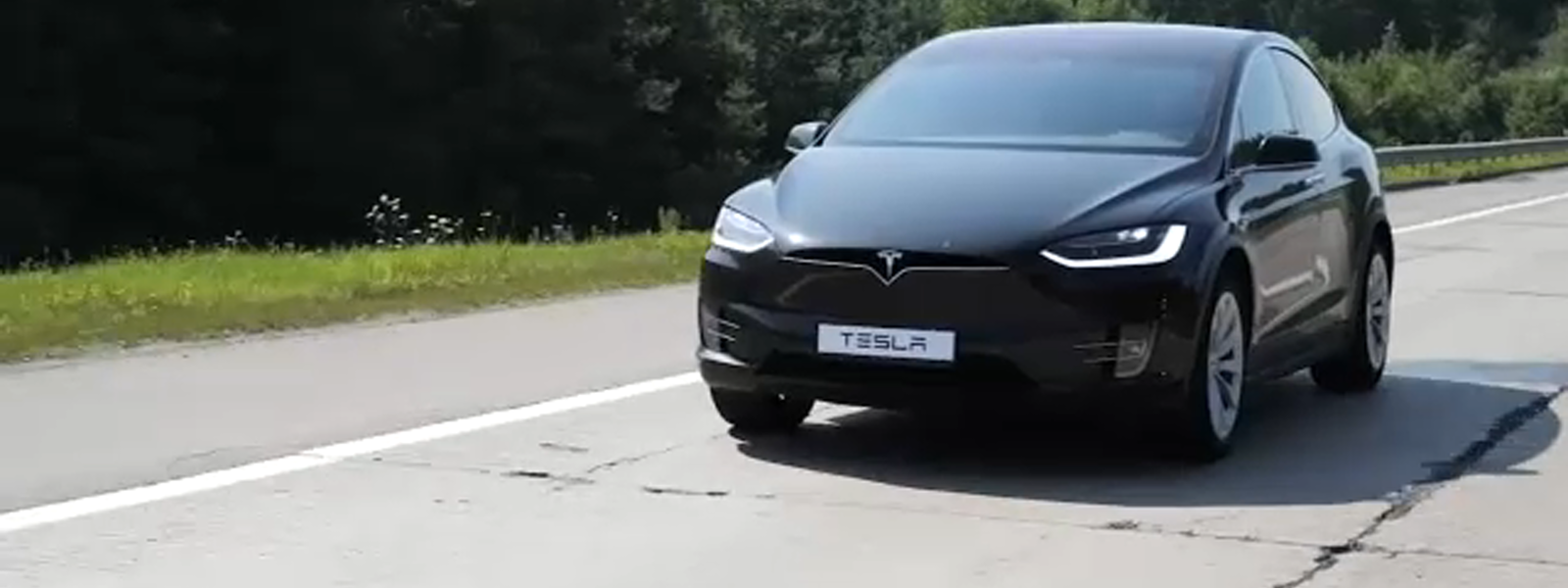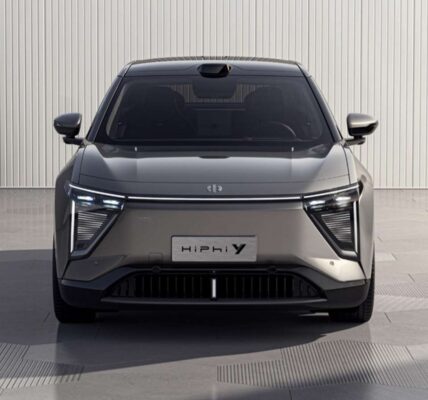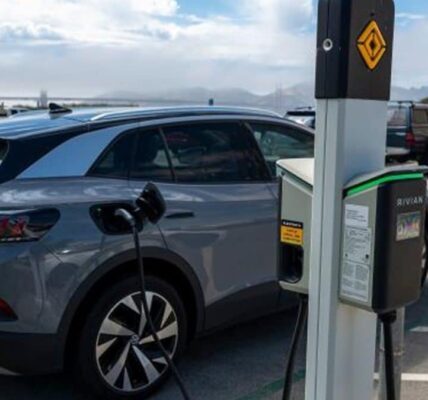Sahas Ramananandan is Team Tesla, “I’ve done 130 plus thousand miles in some of the cars and no maintenance other than tires,” he said.
The Morrisville native has several electric vehicles that he rents out and said he believes it’s worth never having to go back to gas.
“The prices have come down just shop around, used prices have also come down, it’s not covid times anymore where it’s three times MSRP,” he said.
But is it worth it? The sticker shock can still be daunting – Consumer Reports estimates an initial cost of up to 40 percent higher than non-EV cars, and on average, it could take at least 10 years to make up for it in cost savings.
Slowly but surely though more people are getting on board. New numbers from NCDOT show a consistent rise – there are now almost 81,000 electric vehicles registered in North Carolina, and those in the EV charging world are taking notice.
“We anticipate that the number of electric vehicles will more than quadruple over the next six years,” said Kempower North American President Tim Joyce.
Kempower is a Finnish EV charging company banking on a boom on this side of the pond so much so they opened a plant in Durham. Along with local hires, they also brought in some of the leaders from Finland and they said production has ramped to meet demand and even began shipping to Canada.
“Let’s put it this way we are reaching the same scale as our manufacturing operations in Europe,” said operations manager Timo Eronen, who came to Durham from Finland.
The chargers are designed to charge quickly, and evenly distribute power depending on the needs of the different vehicles using them.
Right now, most of their clients aren’t individual car owners, but cities and governments, and fleet managers that would need to buy multiple units at a time.
But they said if we truly want to make a change to EV our infrastructure needs to keep up.
“If the decision-makers in the USA are able to take that path so they can really make it happen, I don’t see why not but really it requires courage to take those decisions,” Eronen said.
That’s certainly been a goal here in North Carolina. Governor Roy Cooper set a goal for 1.25 million EVs in North Carolina by 2030 as part of a goal to reduce greenhouse gas, but with the current number of 81,000, we still have a long way to go towards the goal.








